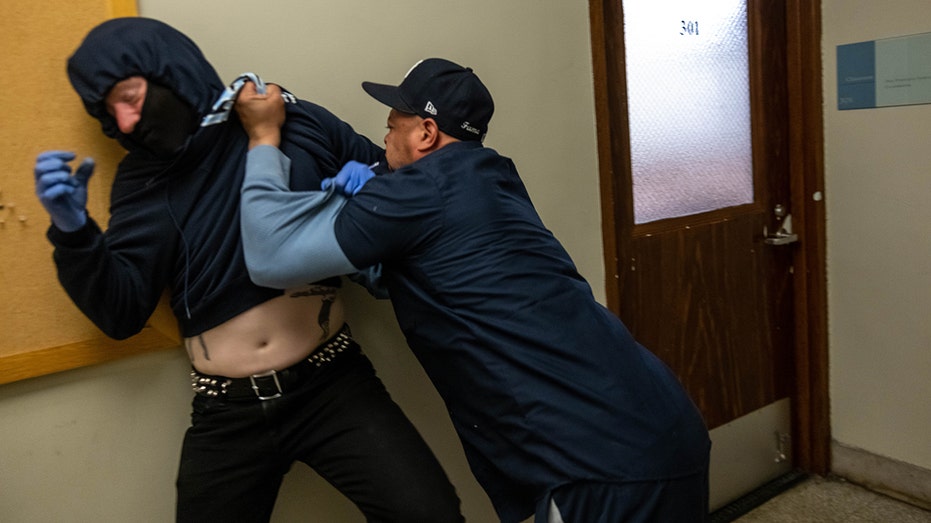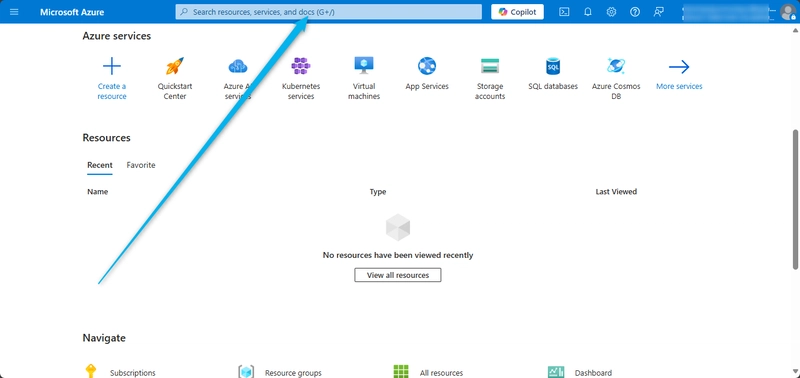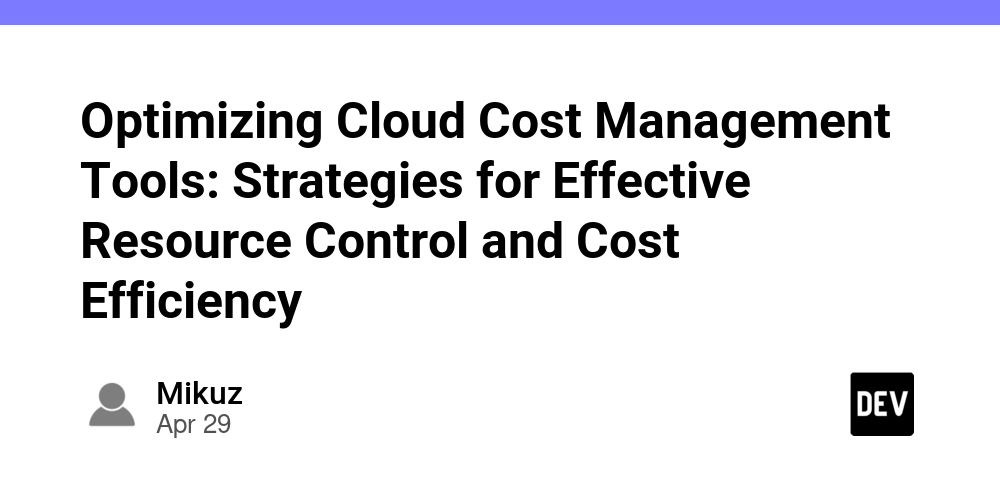New Survey Reveals Teachers’ Concerns About College and Career Readiness Among Students
Teachers are not very optimistic about their students’ preparedness for the future, regardless of whether their students are going to ... Read more


Teachers are not very optimistic about their students’ preparedness for the future, regardless of whether their students are going to college or directly into the workforce, according to new research from the Walton Family Foundation and Gallup. Only 21% of high school educators believe their college-bound students are “very prepared” for success, and even fewer — just 10% — say the same about students planning to enter the workforce immediately after high school. In fact, 35% say students planning to directly enter the workforce are “not very” or “not at all” prepared. These data align with previous Walton Family Foundation-Gallup research, which found that 24% of high school students feel unprepared for college success and 29% feel unprepared for career success.
Teacher Excitement and Perceptions of Student Success Go Hand in Hand
Notably, the survey data highlight the connection between how teachers’ own excitement for teaching impacts their perceptions of student success, as well as how ensuring student success affects job satisfaction.
· Teachers who strongly agree that they are excited about what they teach are notably more likely than those who do not to say their students are excited to learn in class (83% vs. 58%, respectively) and are on track to succeed (76% vs. 56%).
· Teachers who strongly agree that they are excited about what they teach are 20 percentage points more likely than those who do not to be satisfied with their students’ academic achievement (74% vs. 54%).
· Teachers who strongly agree that they have the flexibility needed to help students do their best are more than three times as likely as those who do not to strongly agree that they get to do what they do best every day (73% vs. 22%).
· Teachers who have the opportunity to do what they do best every day are over 50 points more likely than those who do not to be satisfied with their jobs (82% vs. 31%).
Teachers Say Student Excitement Is Rare, but Consequential
Despite the importance of teacher engagement, only one in three teachers (31%) strongly agree that they are excited about what they are teaching, and just 13% say their students are excited about what they are learning in class.
Student excitement correlates to greater student outcomes: Teachers who agree that their students are excited about what they are learning are significantly more likely than those who do not to say their students are on track to succeed in school (76% vs. 36%). These findings mirror the sentiments expressed by students in previous research, which showed that the most engaged students are 10 times more likely than the least engaged students to strongly agree that they feel prepared for the future.
“Teachers play a critical role in shaping student success, and their own engagement has a direct impact on whether their students feel excited and engaged, which in turn influences their success in school,” said Stephanie Marken, senior partner for U.S. research at Gallup. “These findings underscore the need to support teachers in ways that foster excitement in the classroom, to promote student engagement and better outcomes.”
Teacher Collaboration Boosts Job Satisfaction Amid Reports of Burnout, Long Hours and Concerns About Pay
Nearly half of K-12 teachers (44%) say they feel burned out “always” or “very often.” On average, teachers report working 50 hours per week — only 37% are satisfied with their workload, and less than half (45%) are content with their level of pay. The research shows that these factors contribute directly to overall job satisfaction levels.
In addition to better pay and a more manageable workload, collaboration improves several key aspects of workplace satisfaction. Teachers are 23 points more likely to be extremely satisfied at work if they report regularly collaborating with their peers about best practices, resources and curriculum implementation (40% vs. 17%). Teachers who regularly collaborate are also 12 to 32 points more likely to agree that they know what is expected of them at work, that they have the materials and equipment they need to do their jobs right, that they have someone at work who encourages their development, and that their opinions count in the workplace.
“Teachers shape the future every day. When we create opportunities for them to do their best work and collaborate, students don’t just learn — they thrive,” said Romy Drucker, director of the Education Program at the Walton Family Foundation.
Methodology
These results are based on a web survey conducted Oct. 29-Nov. 25, 2024, with a sample of 1,989 U.S. teachers working in public K-12 schools. Teachers were recruited from the RAND American Teacher Panel, a nationally representative, probability-based panel of U.S. public school teachers. More information about the RAND American Teacher Panel is available at https://www.rand.org/educationand-labor/survey-panels/aep.html. The final sample was weighted to match the school- and teacher-level demographics of K-12 public school teachers in the U.S. For the total sample of 1,989 U.S. teachers, the margin of sampling error is ±2.3 percentage points at the 95% confidence level.










































![Kyoto Hotel Refuses To Check In Israeli Tourist Without ‘War Crimes Declaration’ [Roundup]](https://viewfromthewing.com/wp-content/uploads/2025/04/war-crimes-declaration.jpeg?#)


![New Best Ever Bonus for Capital One Venture Card Available Through Referrals [YMMV]](https://boardingarea.com/wp-content/uploads/2025/04/6cbab7b59a0f3413c2a8f73cf771602a.png?#)

























